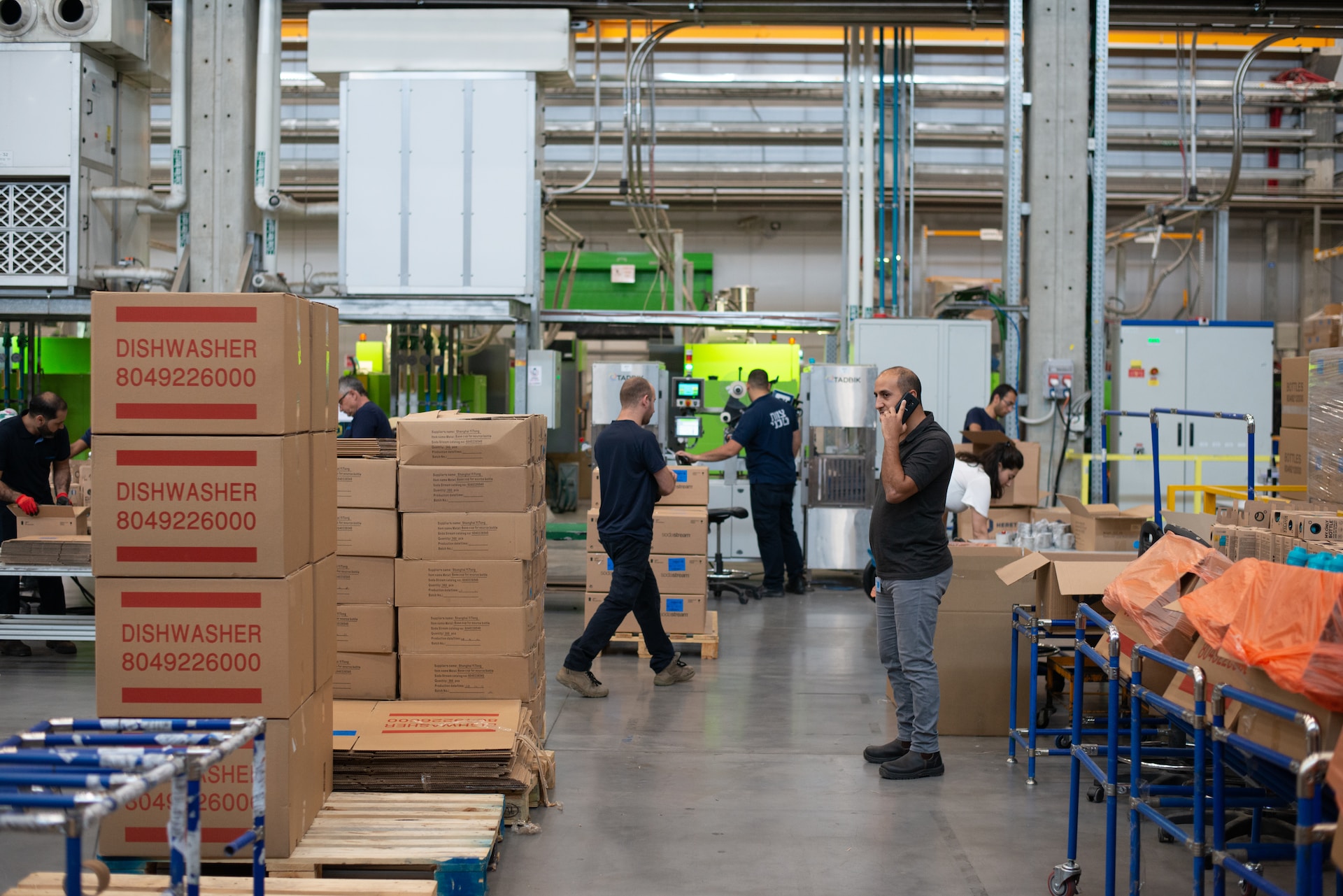


A business’s success or failure can depend on its inventory tracking system. Without a proper tracking system in place, it is hard for a company to see where they make and lose their money.
Inventory tracking is all about checking the number of supplies or goods a store has. Keeping track of inventory ensures that there are enough supplies on hand.
Inventory is the primary source of revenue for businesses. Raw materials, finished and unfinished products are all considered inventory. Controlling the inventory means that procedures should be set to exceed goals and prevent theft, loss, damages, etc.
Inventory translates into money, as most companies invest a lot of money into their stock. Businesses need to know if their inventory is earning them money or if they need to switch it up. Having a system in place prevents money loss and can be the key to a company’s success.
Companies plunk down a large amount of money to buy inventory. Keeping a count of this inventory can provide essential information.
Business owners can see the status of their inventories. This tells them which items sell, get returned, sits, and more. Owners can use this information when making future purchases to make their best-informed decision.
Most businesses selling physical products use some type of inventory tracking. Tracking methods can range from free apps to elaborate and costly systems.
While many businesses use a tracking system, it is surprising to know that a lot also do not. In 2017, a State of Small Business Report showed that 43% of small businesses do not track their inventory at all.
Inventory management consists of several different factors, but there are three main steps of inventory management.
There are a variety of ways to track your inventory, but they all have the same goal. Keeping track of inventory can be a company’s biggest moneymaker.
Making it a point to record inventory is more important than which method is being used. Methods are less important than having a system in place.
The two main methods are UPC and RFID. One method is for active tracking, while the other is for passive tracking. Passive tracking is usually for inventory tracking and to deter theft while active tracking is for real-time location systems and asset location management.
The universal product, also known as the barcode, is one of the most common methods of inventory tracking. UPC is made up of two parts: the series of black bars that only machines can read, and a unique 12-digit code underneath the black bars,
UPC tracks the product features including name, size, color, etc. during checkout. This system also expedites the checkout process for a quick and easy transaction.
RFID, or radio frequency identification, is another type of way to keep an eye on inventory. RFID technology is either active or passive.
Active RFID is best for tracking data in real-time. Active RFID is more accurate than passive, making this perfect for monitoring current security issues.
Passive RFD is best when using handheld scanners. It can help pinpoint a specific category of items being returned or stolen.
A 3PL, or a third party logistics company receives, stores, and then packs and ships customer orders as soon the item is bought.
A third-party company is a liaison between your manufacturer and customers. Fulfilling the correct orders in a timely fashion will give you repeat customers.
If you need inventory storage space, are overrun with orders, or find yourself unable to keep up with demand, a 3PL company can help with your eCommerce business.
Hiring a 3PL company provides services to make inventory tracking easier.
Storage space: Some sellers might not have the physical means to store their items. A 3PL will house these products for you and will invest in technology and room to do so.
Storing items through a third-party provider, known as warehousing, can be cost-friendly.
Fulfilling orders: A third-party logistics team will ensure that the buyer receives the correct items on time and in mint condition.
Supply chain management: A 3PL will make sure you have an organized supply chain to keep things running smoothly. Reach out to your account rep for answers to questions on things such as supply chain management, restocking levels, and more.
Consolidation Services: Suppliers may send inventory in multiple shipments to the same address. To save on shipping charges and help the environment, a service provider will bundle these small packages into one large shipment. Bundling the items prevents a high shipping fee is known as a consolidation service or cargo/freight consolidation.
Marketing strategies may help you with getting customers, but they won’t get them to stay. Keeping your promise to fulfill orders on time will keep your customers coming back. Your Logistics implements strategies and systems to meet both shipping and customer expectations.
Getting your orders out fast and smoothly is critical as an eCommerce business. Your Logistics lets you concentrate on your brand and business by taking over the shipment process for you. They operate virtually error-free warehouses while combining speed and efficiency to get your orders out as quickly as possible.
Fulfilling orders can be complex, especially when introducing new products and dealing with changing volume amounts and order sizes. Your Logistics collaborates with you and your business to create a fulfillment plan while staying close to your company’s ideals and goals.
The online shopping industry is continually growing and expanding, making it hard to keep up with policies, changes, and COVID-19 guidelines. Your Logistics will keep you up to date with the latest information and minimize risks that can come with a single-source provider.
Fulfilling orders leads to customer satisfaction. Keeping up with a large demand shows dedication, loyalty, and honesty. Keeping your promise to deliver the correct items on time will either make or break your business.
